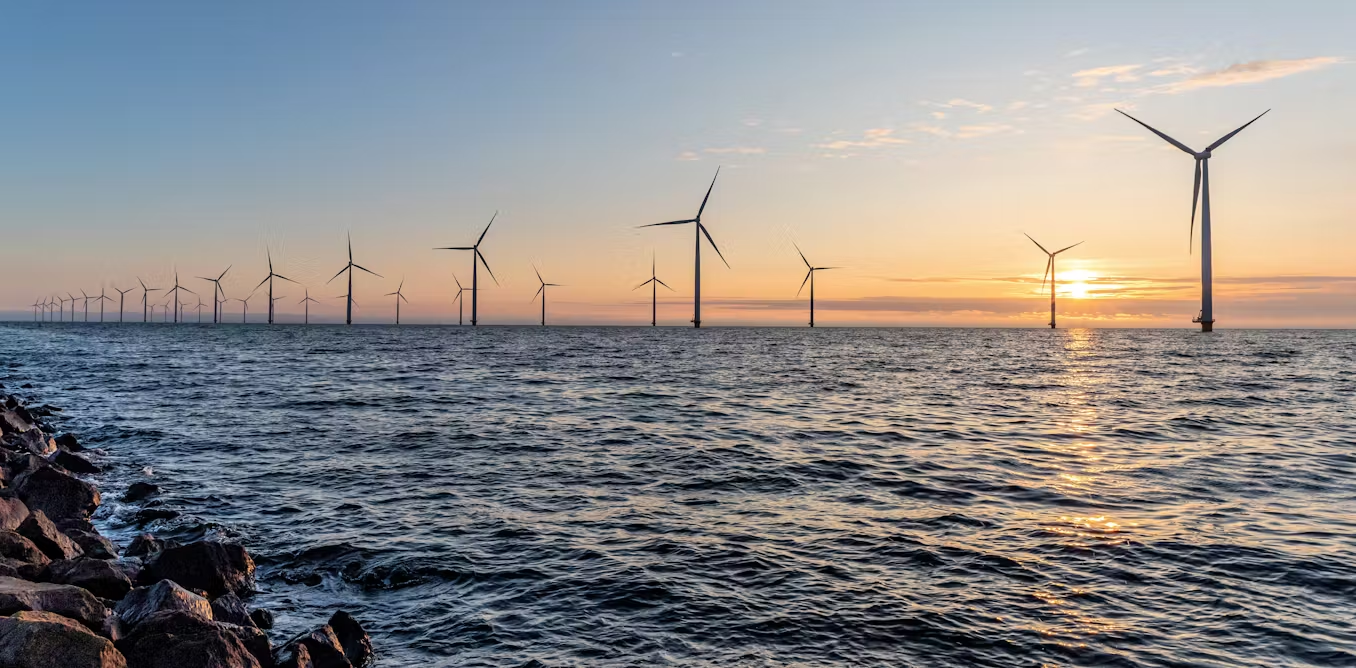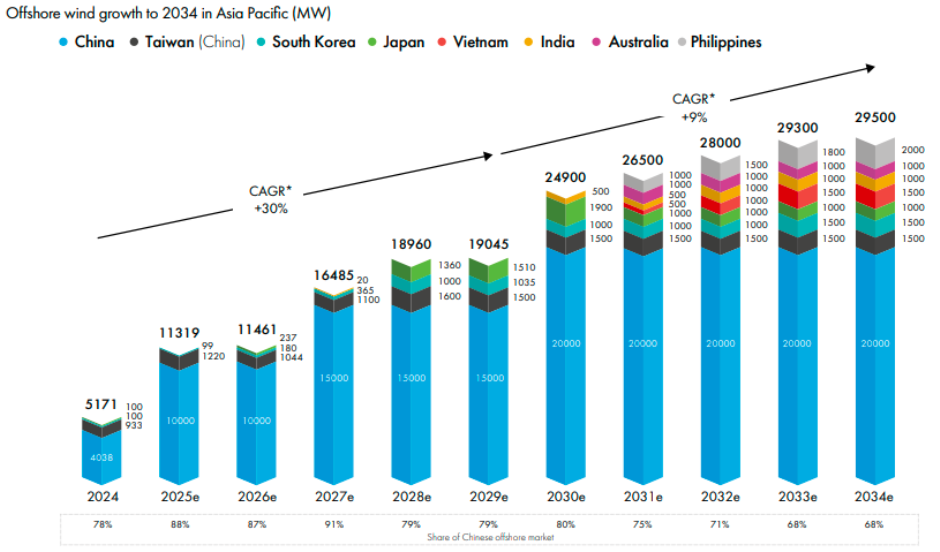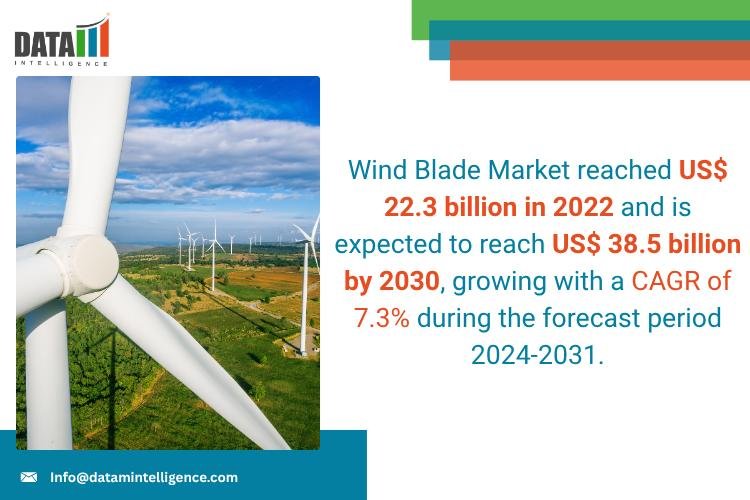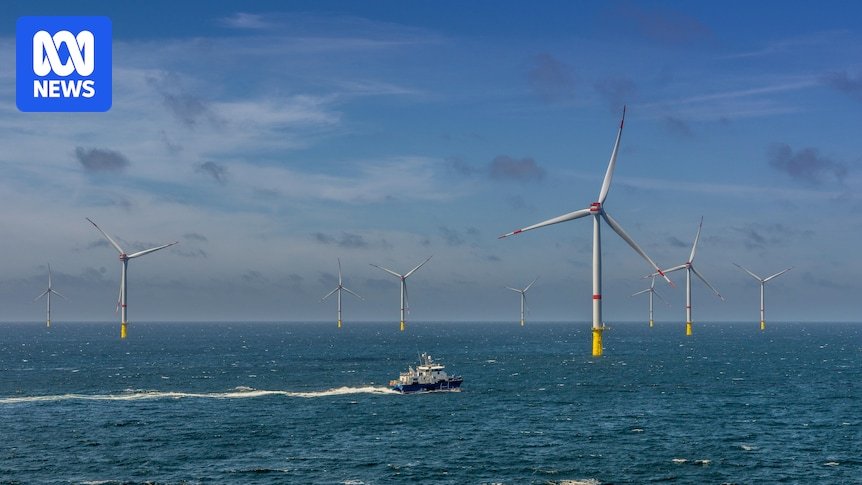The Mediterranean Sea, a vital ecosystem for over 17,000 species, faces dual pressures from climate change and biodiversity loss while the European Union (EU) aims to expand offshore wind energy dramatically. The EU plans to increase its offshore wind capacity from 29 gigawatts (GW) in 2019 to 300 GW by 2050, a tenfold increase that is crucial for achieving climate neutrality by mid-century.
As the world grapples with the need to decarbonize, offshore wind energy emerges as a key component of the EU’s renewable energy strategy. Wind energy can reduce reliance on fossil fuels, thus lowering greenhouse gas emissions. However, this ambitious energy expansion must also occur alongside efforts to protect the ocean’s biodiversity, as highlighted in the 2022 Kunming-Montreal Global Biodiversity Framework, which calls for the protection of at least 30% of the ocean by 2030.
Currently, less than 10% of marine areas are formally protected, making the “30×30” target a significant challenge. Human activities have already altered 66% of ocean surfaces, leading to habitat destruction, pollution, and declining marine species. The implementation of marine protected areas is essential not just to preserve biodiversity but also to safeguard ecosystem services that oceans provide, such as carbon sequestration and food supply.
The addition of offshore wind infrastructure risks exacerbating existing environmental pressures in the Mediterranean. This sea, with a high number of endemic species, is already threatened by overfishing, pollution, and maritime traffic. Introducing extensive wind farms could industrialize sensitive coastal and marine areas, leading to habitat loss and direct impacts on marine life through noise, collisions, and habitat alteration.
Despite these concerns, effective maritime spatial planning (MSP) offers a pathway to balance energy development with ecological preservation. MSP helps organize sea usage by designating areas for energy generation while protecting ecologically valuable regions. By minimizing conflicts and encouraging multifunctional management, MSP can help ensure that renewable projects not only avoid harm but actively contribute to ecosystem restoration.
To achieve a net positive impact, renewable energy projects must incorporate mitigation strategies, compensation measures, and ecological restoration efforts. Engaging stakeholders, including governments, industries, conservationists, and local communities, is critical to ensure that the transition to renewable energy aligns with biodiversity protection.
Ultimately, addressing the climate crisis and biodiversity loss requires an integrated approach. The expansion of offshore wind energy must prioritize the health of marine ecosystems, ensuring that both energy generation and ecological conservation reinforce one another. By harnessing the ocean’s energy responsibly, Europe can work towards a sustainable future that supports both economic growth and environmental integrity.




